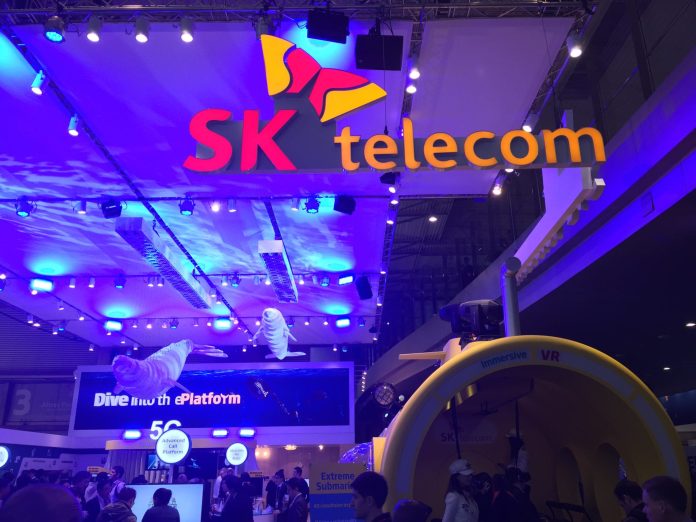As it continues to develop network support for its internet of things (IoT) strategy, SK Telecom will upgrade its LTE-M network to also support LTE Cat-M1, which the company says will open up more broad range of IoT applications.
For comparison purposes, LTE-M uses up to a 20 megahertz spectrum channel and provides maximum downlink throughput of up to 10 Mbps. LTE Cat-M1, on the other hand, uses a spectral channel of up to 1.08 megahertz with max throughput of up to 1 Mbps. The primary trade-off comes with battery life as LTE Cat-M1 devices can last for years in the field rather than months.
The broad roll-out follows trials conducted in Bundang in partnership with Qualcomm and Ericsson.
“The deployment of LTE Cat-M1 is a significant achievement in the IoT ecosystem as it lays the foundation for operators to evolve our IoT networks,” said Park Jin-hyo, Senior Vice President and Head of Network Technology R&D Center at SK Telecom. “It has enabled us to build stronger capabilities to optimize networks in accordance with the type of IoT services, helping to create a competitive edge in delivering the hybrid network for IoT applications.”
In addition to IoT support on its LTE network, SK Telecom has also announced plans to deploy a nationwide low-power wide-area network using the LoRa specification. That project is going forward in partnership with compatriot firm Samsung, and relies on spectrum holdings in the 900 MHz band.
LoRa uses a channel of just 125 kilohertzs and offers maximum throughput of up to 5.4 Kbps.
SK Telecom noted LTE Cat-M1 is “expected to lower manufacturing costs of IoT devices,” as well as bring “more companies into an ecosystem for IoT business. The affordability of the technology would also lead to less burden on IoT device owners, contributing to the expansion of the market for IoT applications.”
In terms of interworking its LoRa and Cat-M1 networks, SK Telecom said this will “help in identifying data generated from IoT devices and control them at a single service to allocate relatively high-volume data to the LTE Cat-M1 network and low-volume data to the LoRa network.”
The company gave as an example a comprehensive security solution wherein fire monitors transmit data using LoRa while cameras could transmit images using the LTE network.

